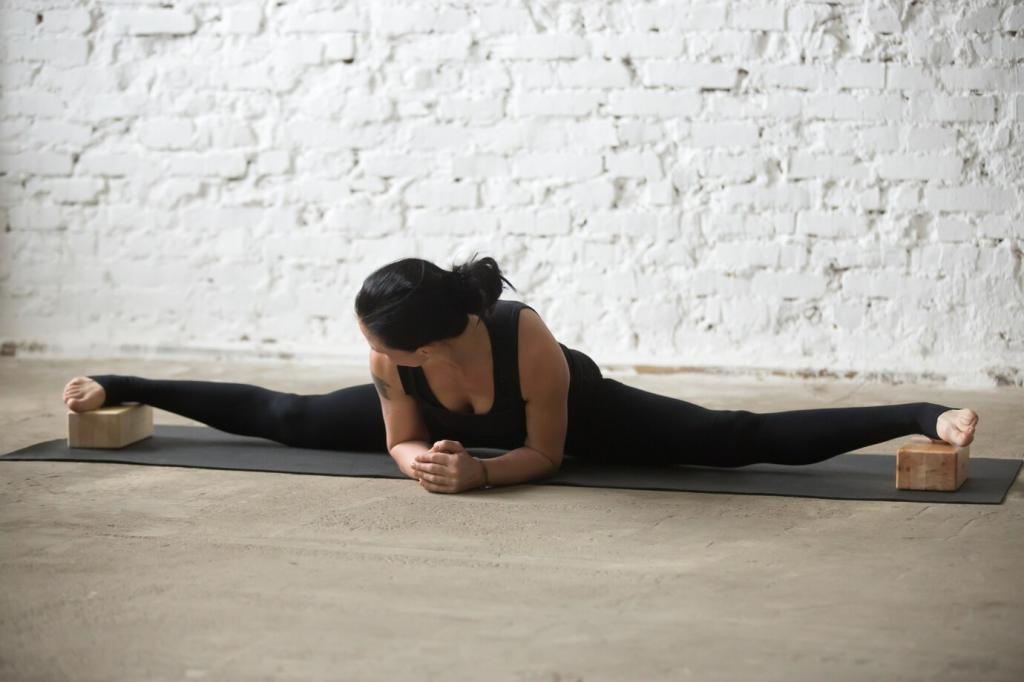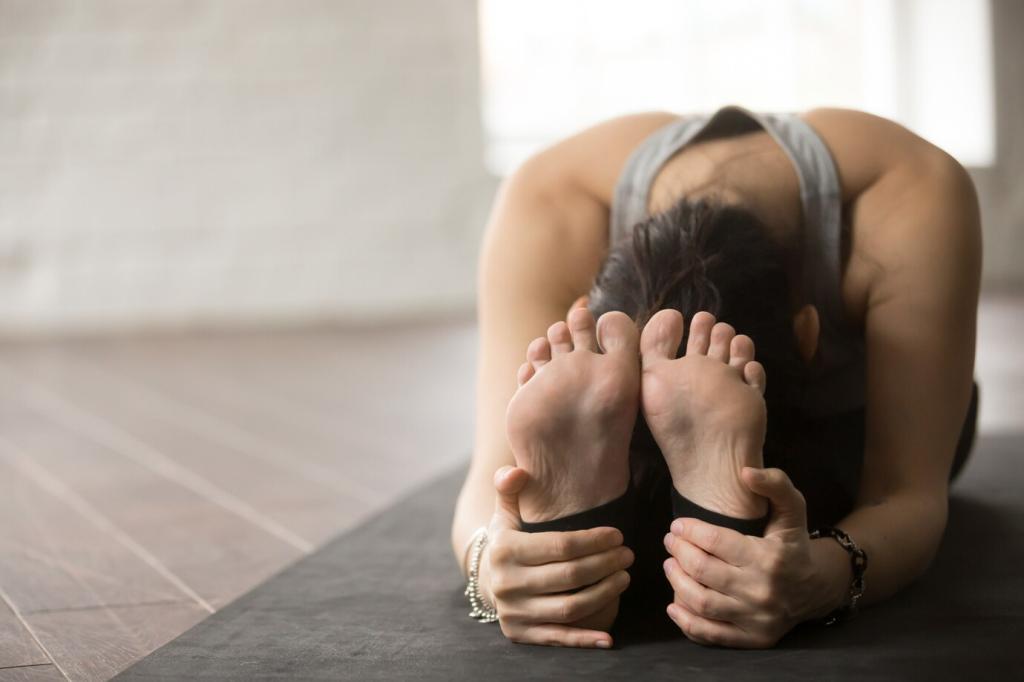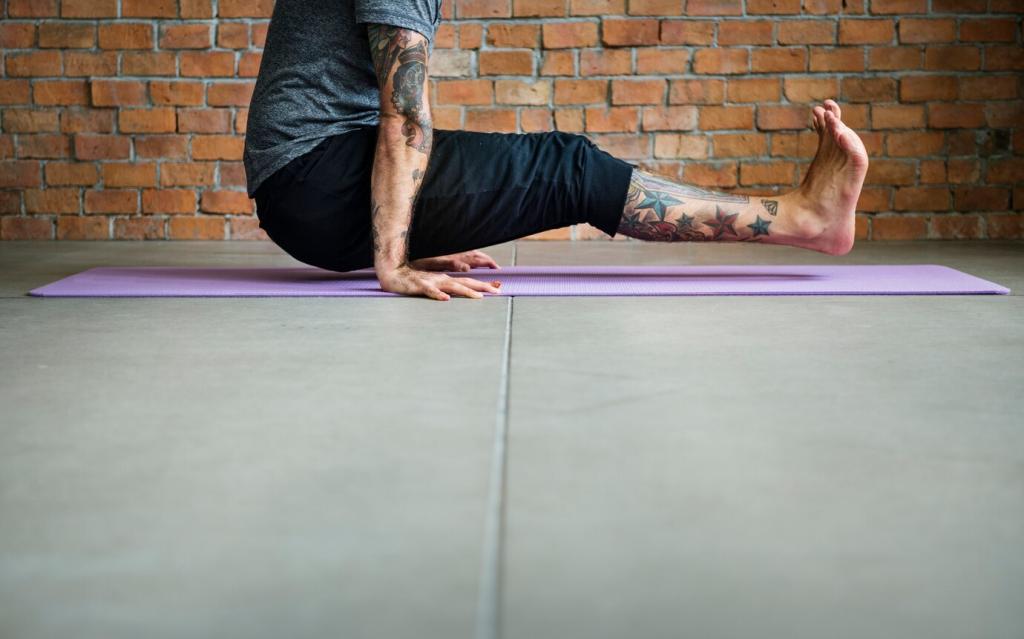Chosen theme: Combining Yoga and Fitness for Optimal Recovery. Welcome to a space where your lifts, runs, and circuits find balance with breath, mobility, and mindful stillness—so you bounce back stronger, move freer, and enjoy the long game of training.
The Physiology of Flexibility and Repair
Gentle stretching and isometric holds increase blood flow to tired muscles, supporting nutrient delivery and waste removal. Parasympathetic activation through breath helps shift from stress to repair, reducing cortisol and enabling tissues to rebuild after tough workouts.
A Runner’s Story: Recovery That Changed the Pace
Maya, a weekend half-marathoner, added fifteen minutes of yoga on non-speed days. Within a month, her calves cramped less, sleep deepened, and long runs felt lighter. She didn’t run more—she recovered smarter with intentional breathing and mobility.
Breathwork Meets Cooldowns: Reset Your System Fast
Inhale for four, hold for four, exhale for four, hold for four—repeat eight rounds. This simple pattern steadies heart rate, reduces post-workout jitters, and tells your body that the hard part is over so tissues can start repairing immediately.



Nervous System Balance: Yoga to Sleep, Sleep to Heal
Try legs-up-the-wall, supported bridge, and a five-minute body scan. Dim lights, breathe slowly, and let thoughts drift. This gentle practice lowers arousal, inviting longer deep sleep cycles where muscle repair and memory consolidation quietly do their best work.
Nervous System Balance: Yoga to Sleep, Sleep to Heal
Start with three rounds of diaphragmatic breathing, a slow half-sun salutation, and ankle circles. You will wake tissues without taxing them, priming circulation and coordination so the day’s training feels focused, not frantic or stiff from a restless night.



Prehab Sequencing That Pays Off
Before heavy days, use dynamic yoga patterns: controlled hip circles, spinal waves, and shoulder cars. These movements prepare tissues through range while respecting load, improving joint awareness so you move with precision instead of relying on last-second compensations.

A Coach’s Note from the Gym Floor
I watched an athlete return from a tweaked hamstring using slow hinging drills and breath-led isometrics. Three weeks later, their deadlifts felt smoother than before the setback. Patience, breath, and intelligent progressions turned frustration into durable strength.

Your 14-Day Recovery Reboot Plan
Simple Structure, Real Results
Alternate training days with short yoga flows. On lift days, finish with five to ten recovery minutes; on rest days, do fifteen to twenty of breath-led mobility. Track soreness, energy, and sleep so improvements are visible, not just hoped for.
Micro-Progressions You Will Actually Keep
Week one: basic breath and three foundational poses. Week two: add one new mobility pattern and extend cooldowns slightly. By stacking tiny wins, you build a recovery habit that survives busy seasons rather than collapsing under perfectionism.
Join In and Stay Connected
Start today and comment “Reboot Day 1” below with your plan. Subscribe for printable calendars, gentle reminders, and bonus flows that match your training split. Your future self will thank you for choosing recovery as a core part of fitness.

